Jenny Perlin: Maelstrom
September 11–December 11, 2021
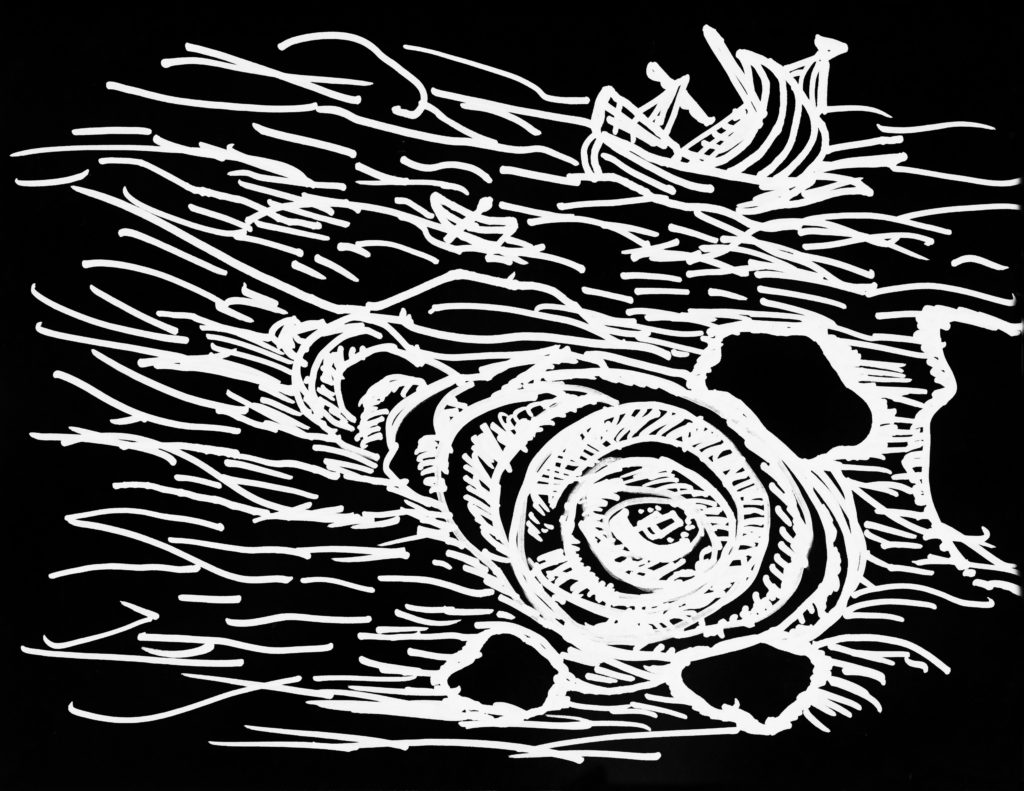
Taking its title from Edgar Allan Poe’s short story Descent into the Maelstrom(1841), the exhibition features three new bodies of work: Maelstrom (2021), a 16 mm film; 100 Seconds to Midnight (2021), a series of forty-six black and white photographs; and Bunker (2021), a full-length feature film. Poe’s story recounts a terrifying tale of a ship pulled into a monstrous whirlpool near the Lofoten Islands in Norway, which is narrated from a rocky mountain overlooking the sea.The vertiginous framing and the storyteller’s dizzying tale plunge the reader into the detailed horror of the experience, which Perlin captures in her 16 mm film. In addition to hand-drawn whirlpoolsand floods, the film includes images from a storm-tossed ferry ride in New York harbor—just before the COVID 19 pandemic arrived on those shores—which suggest a loss of mooring and a desire for the unknown. Poe’s writings during the turbulent, unstable period of early 1800s America hold a mirror up to our own.
Maelstrom (2020), 16mm hand-processed high contrast film, black and white, sound, 5:10
Maelstrom is a 16mm black and white animated film made up of hand-written text and drawn images. The film is processed by hand using large quantities of photographic chemistry. As a result, scratch marks, camera flaws, and other physical effects are visible on its surface, which gives it a raw, unpolished, and magical appearance. In addition to hand-drawn images of whirlpools, floods, and maps from historical and contemporary sources, the film includes evocative language from Poe, Herman Melville, and the Oxford English Dictionary. Images from a storm-tossed ferry ride in New York harbor—just before the COVID 19 pandemic arrived on those shores—present a loss of mooring and a desire for the unknown. Poe’s writings during the turbulent, unstable period of early 1800s America hold a mirror up to our own.
For more on Maelstrom, visit Jenny Perlin’s website.
100 Seconds to Midnight (2021), Forty-six 35mm black and white photographs, each 8 x 10 inches
100 Seconds to Midnight comprises a series of black and white photographs of houses with underground bunkers built in the Los Angeles area between 1940 and 2021. Although originally intended as nuclear shelters, many of these bunkers have been repurposed as storage areas or wine cellars. New home construction for the wealthy in Los Angeles also often includes safe rooms, subterranean shelters, and other retreats from various threats. This series was inspired by a real estate listing for a patch of desert two hours east of Los Angeles, which pictured two images, a flat steel plate sunk in the ground and a dark underground room made from cinder blocks. Upon arriving at the site, Perlin was confronted with a heavy locked steel door embedded in the sand, which she described as “replete with narratives, dreams, and speculation.” The title of this series refers to the current setting of the Doomsday Clock, invented by the Bulletin of Atomic Scientists in 1947 after the bombing of Hiroshima. The clock, originally set at seven minutes to midnight, is an image meant to picture global proximity to human-created catastrophe. The current setting of 100 seconds to midnight is the closest the clock has ever been to the hour of reckoning.
Bunker (2021), HD, color, sound, 90 minutes
Bunker is a feature film about people who sell subterranean living space and those that live underground. Completed just before the 2020 U.S. Presidential elections, Bunker depicts the crafting of exclusive underground shelters across the U.S. and the conversion of missile silos into subterranean skyscrapers, whose high-end condos now sell for millions of dollars. The film also provides an intimate look at men who have, for various reasons, devoted their lives to reclaiming and inhabiting repurposed Cold War sites.
“I started traveling to meet people living underground in former missile silos and munitions bunkers in the American Midwest in early 2018, after spending a year contending with the result of the 2016 elections. The project seemed a necessary way to try to revisit and reclaim some of my own upbringing. I knew there was more to the place than the way the media portrayed it.
People ask me why I make these trips alone and how I can deal with spending days and nights underground talking with strange men who like to declaim their philosophies for hours on end. In short, I suppose that talking to others allows for a kind of dissolution that I find both satisfying and strange. As the conversation continues, it’s not at all that I agree with their perspective, but that their person-ness is present before me, and in the context in which they are speaking, it is simply logical that what they are saying comes out of them. Only later, usually as I’m transcribing the interview, does it hit me where I’ve been. But by then, the empathy is there too, all mixed in.”
—Jenny Perlin, January 2021
For more of Jenny Perlin’s writing on her film Bunker, visit her substack, Beyond Place.
Curator
Jenny Perlin: Maelstrom is curated by Ciara Ennis, Director of Pitzer College Art Galleries.
Artist
Brooklyn, NY-based artist Jenny Perlin makes films, videos, installations, and drawings. Her projects draw on interdisciplinary research interests in history, cultural studies, literature and linguistics. Her films incorporate innovative techniques to investigate history as it relates to the present. Perlin shoots 16mm film and digital video and combines live-action, staged, and documentary images with hand-drawn, text-based animation.
Her films have been shown as single-channel works and multi-channel installations at numerous venues including the Guggenheim Museum, the Whitney, MoMA, Mass MoCA, the Guangzhou Triennial, IFC Center, Berlin and Rotterdam film festivals, the Drawing Center, and The Kitchen, NY. Support has come from the LEF Foundation, NYSCA, Experimental Television Center, CEC Artslink, American Center, Geneva, and the Arnold Foundation. Artist residencies include IASPIS Sweden, Wexner Center, Civitella Ranieri, ISCP, and commissions from Bard College CCS, Aldrich Museum, BAC Geneva, The Queens Museum, and Expo 02, Switzerland.
She received her BA from Brown University in Literature and Society (Modern Culture and Media), her MFA from the School of the Art Institute of Chicago in Film, and completed postgraduate studies at the Whitney Independent Study Program in New York.
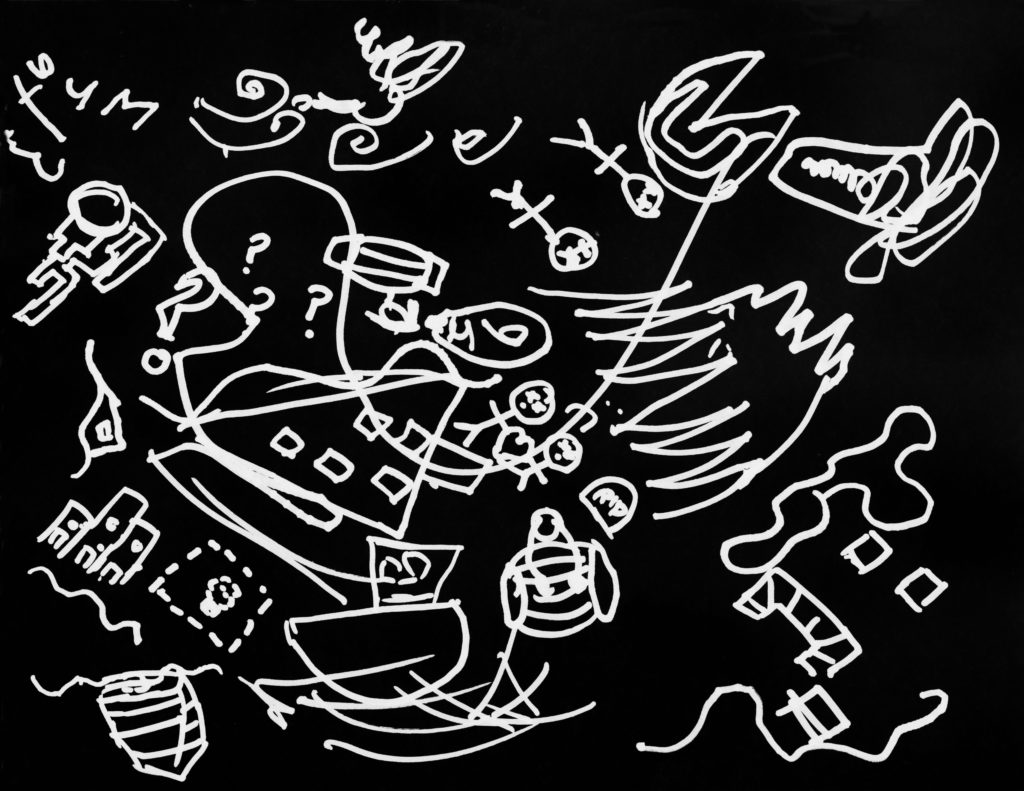
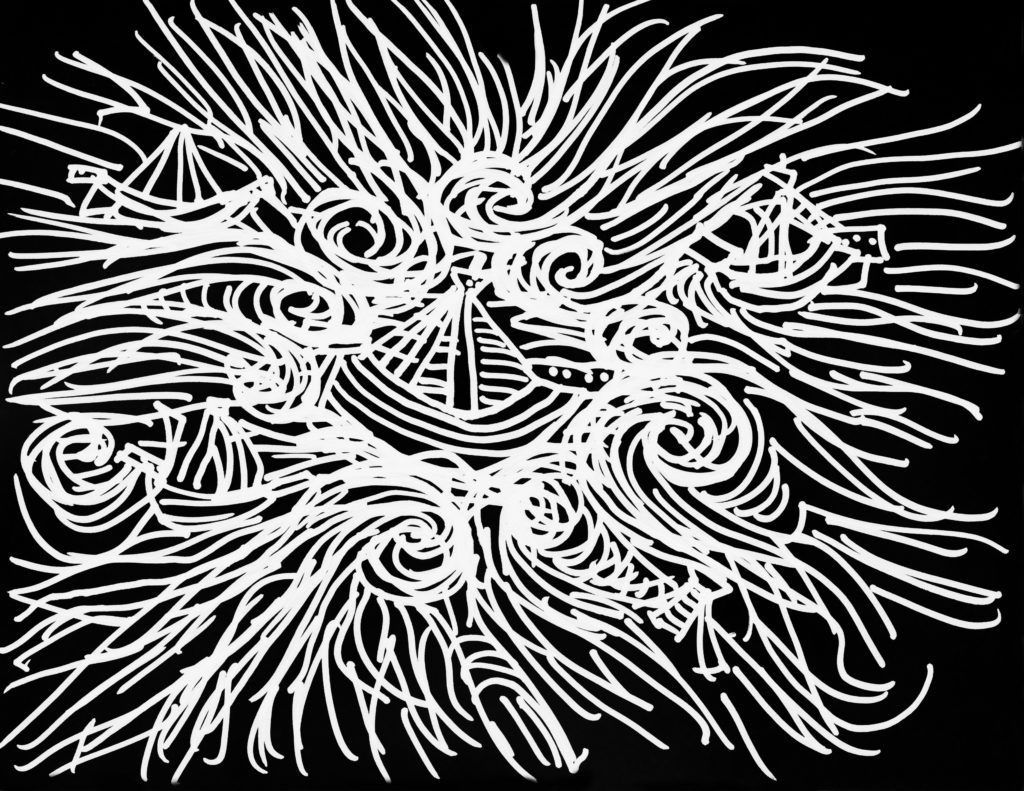
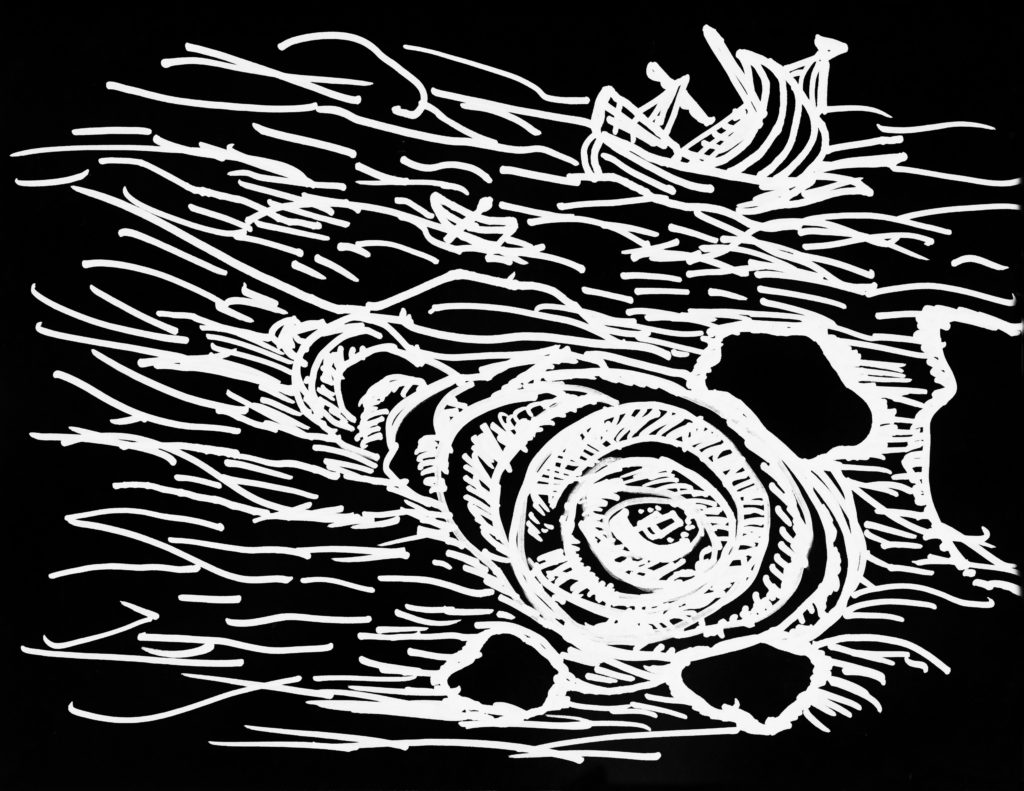
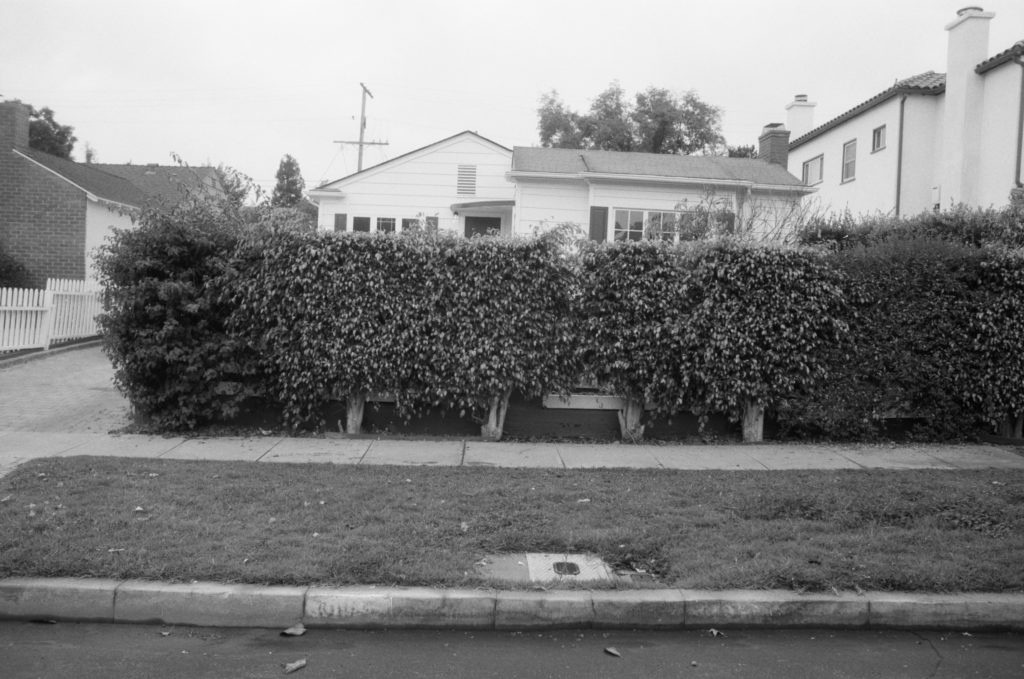
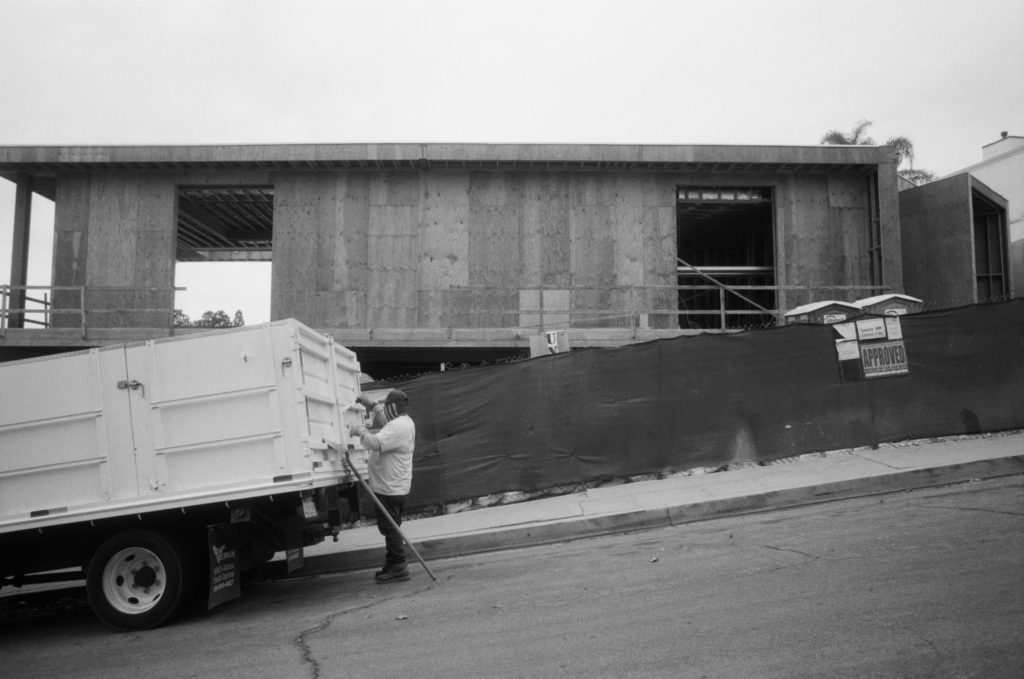
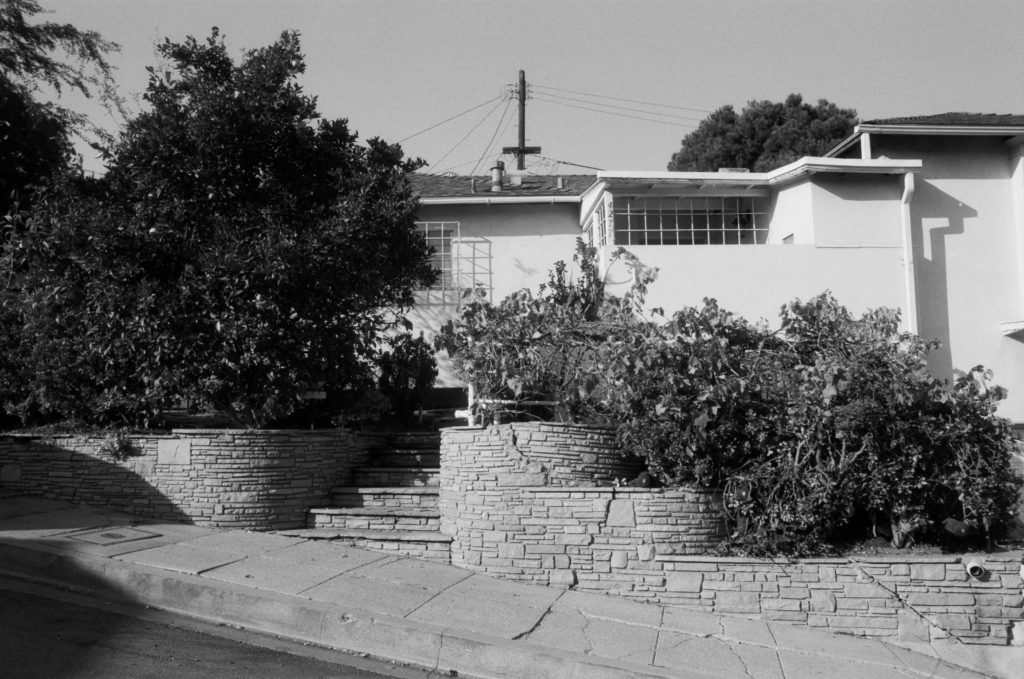
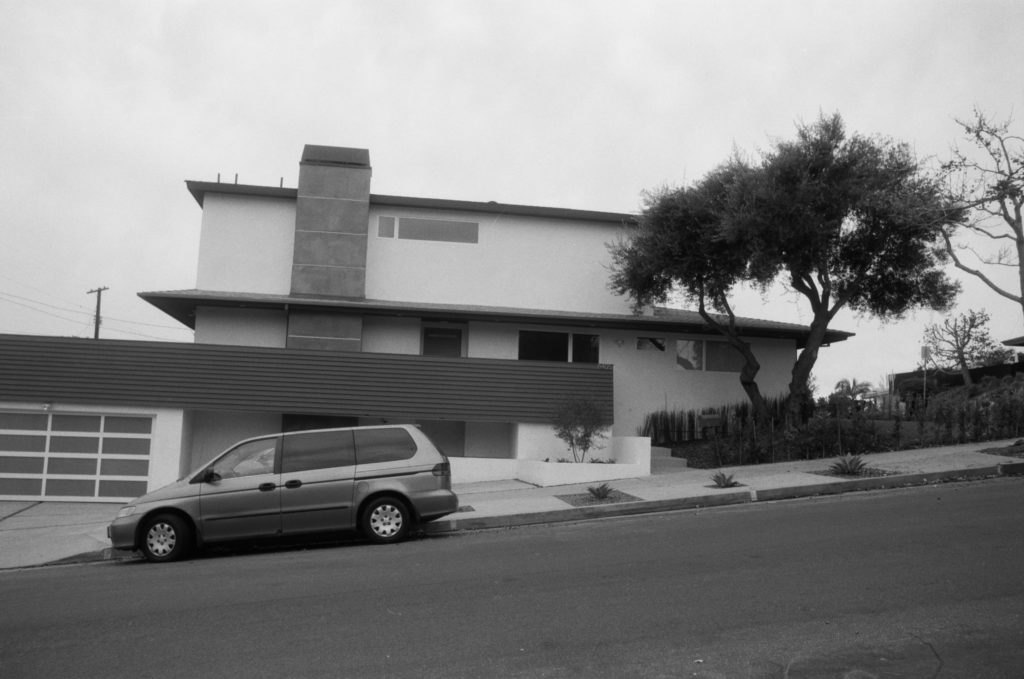
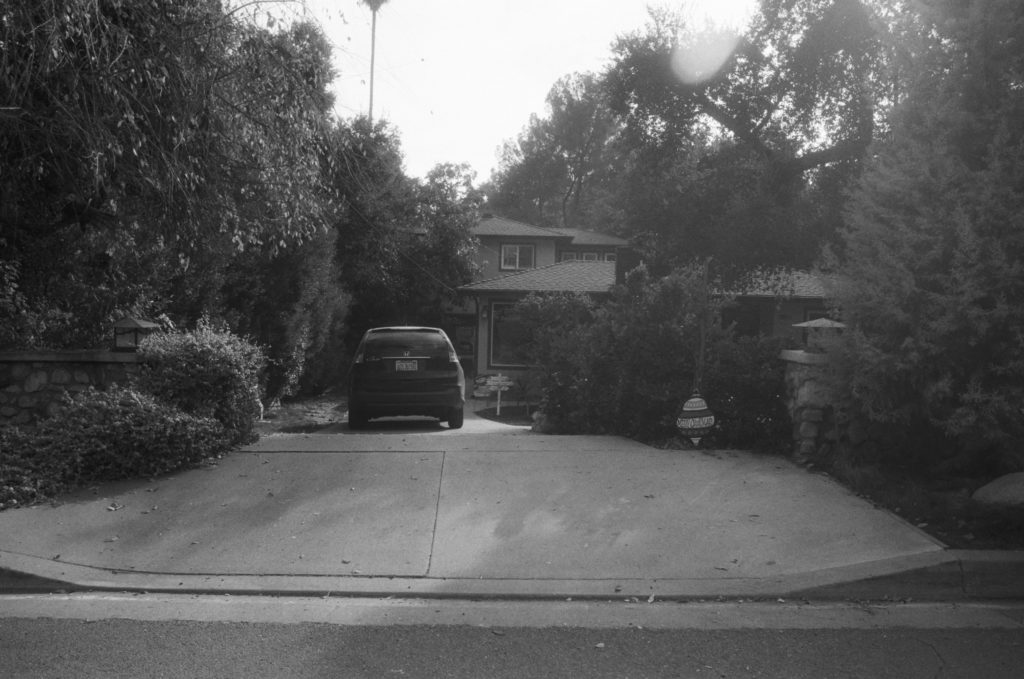
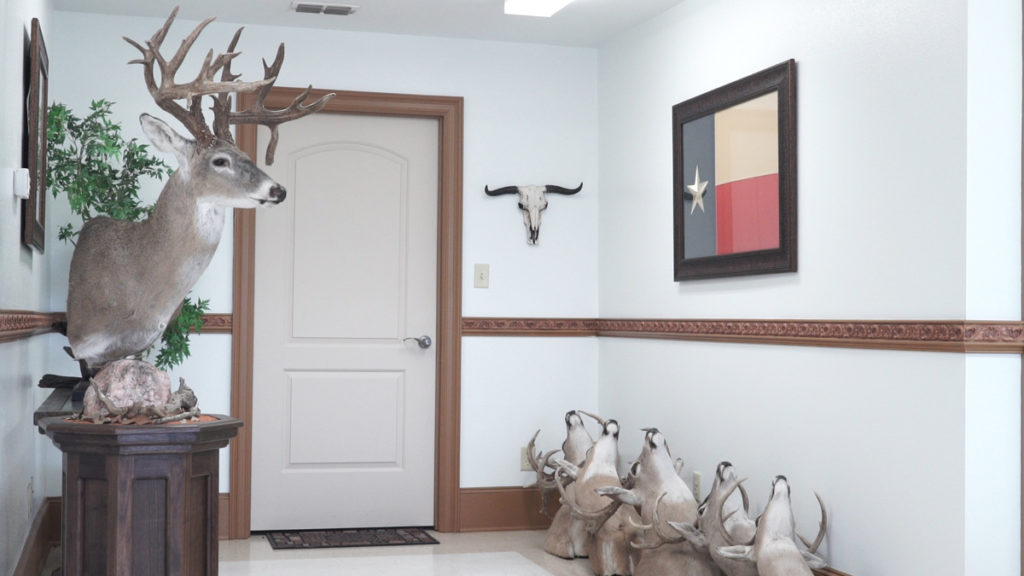
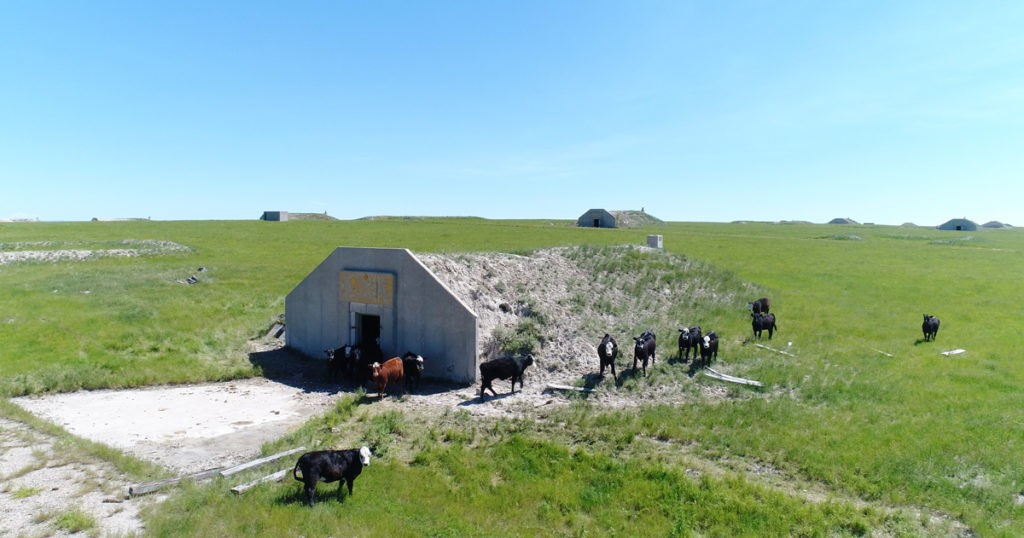
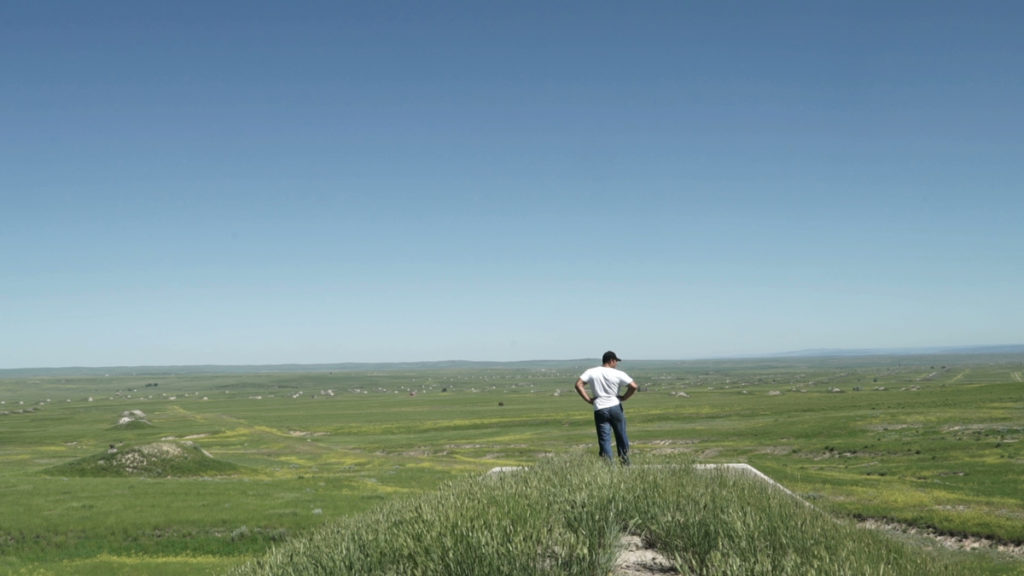
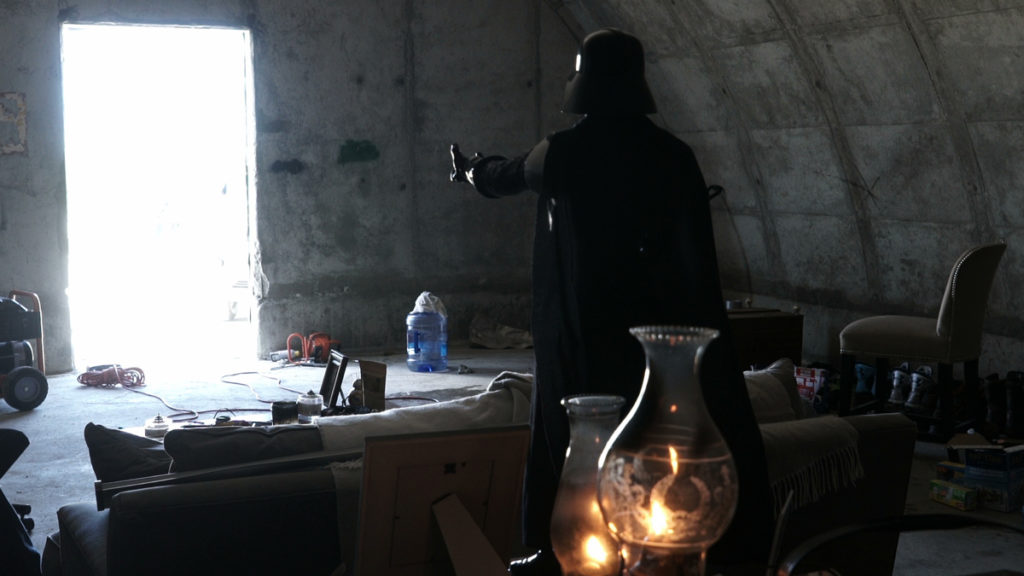
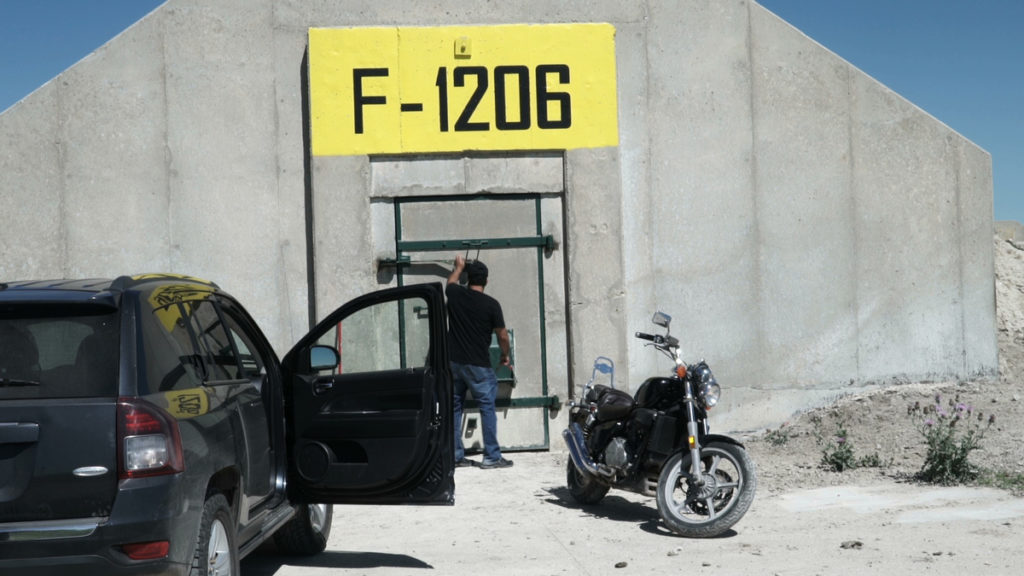
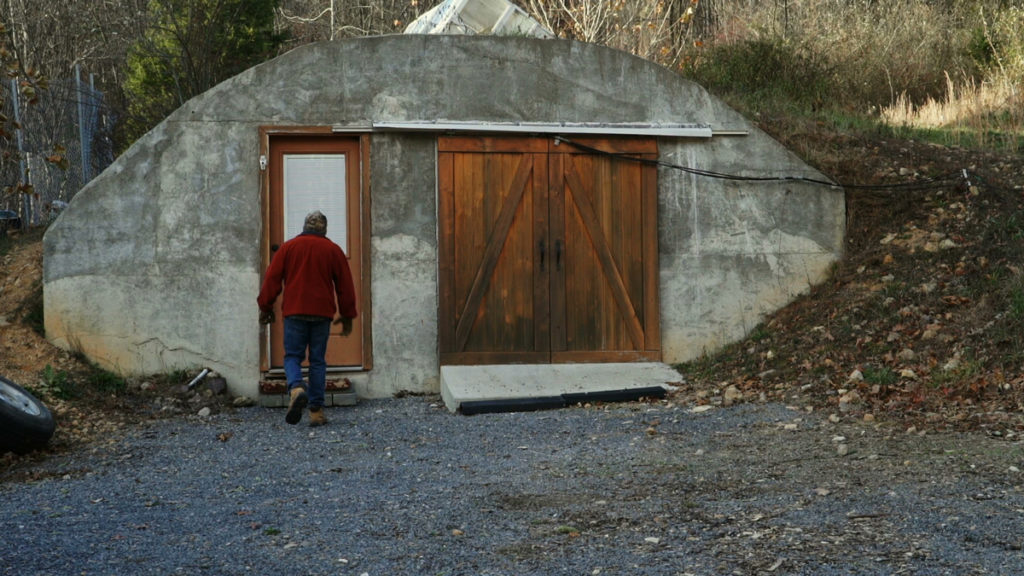
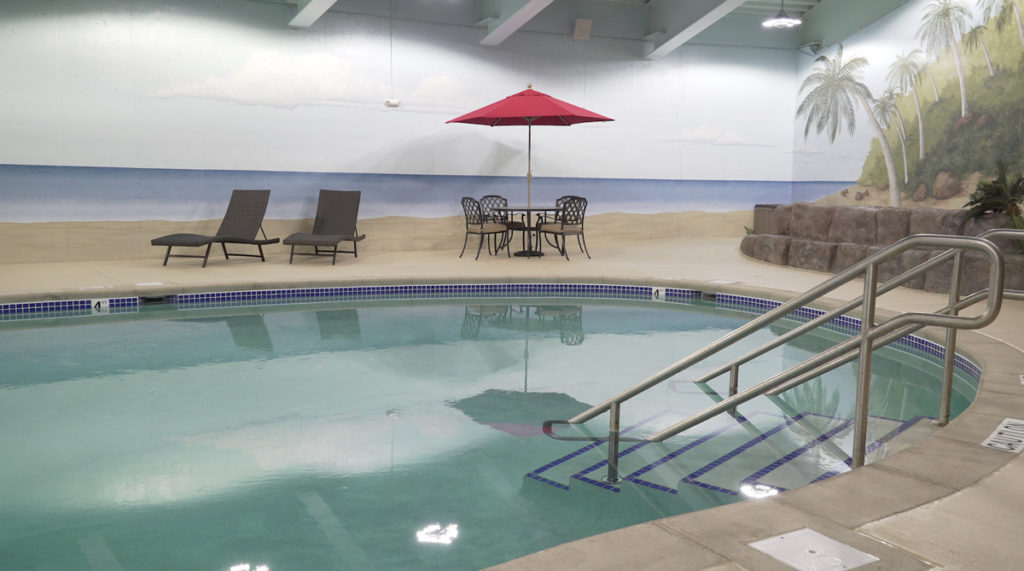
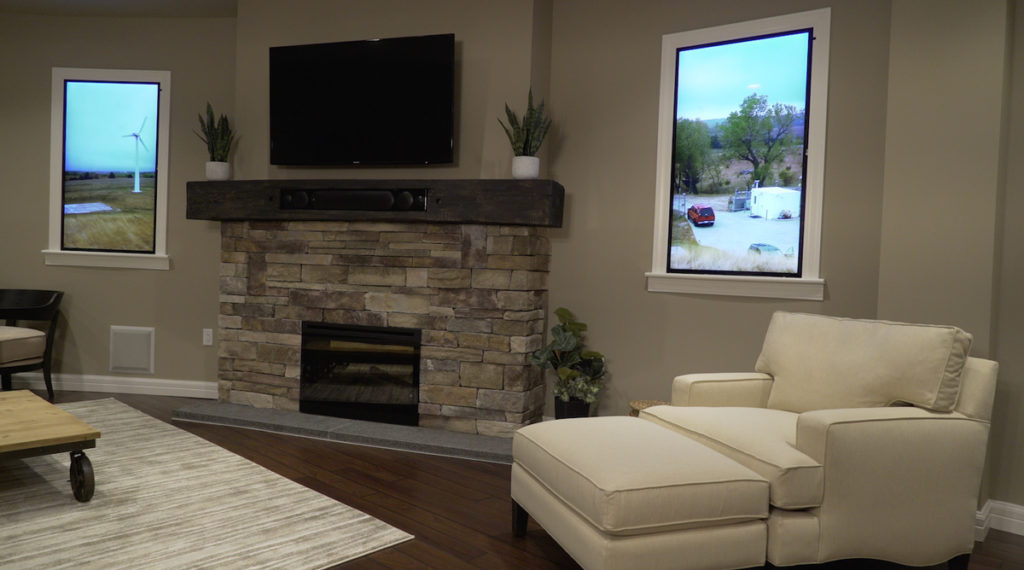
 WORLD IS WATCHING – MANIFESTO
WORLD IS WATCHING – MANIFESTO